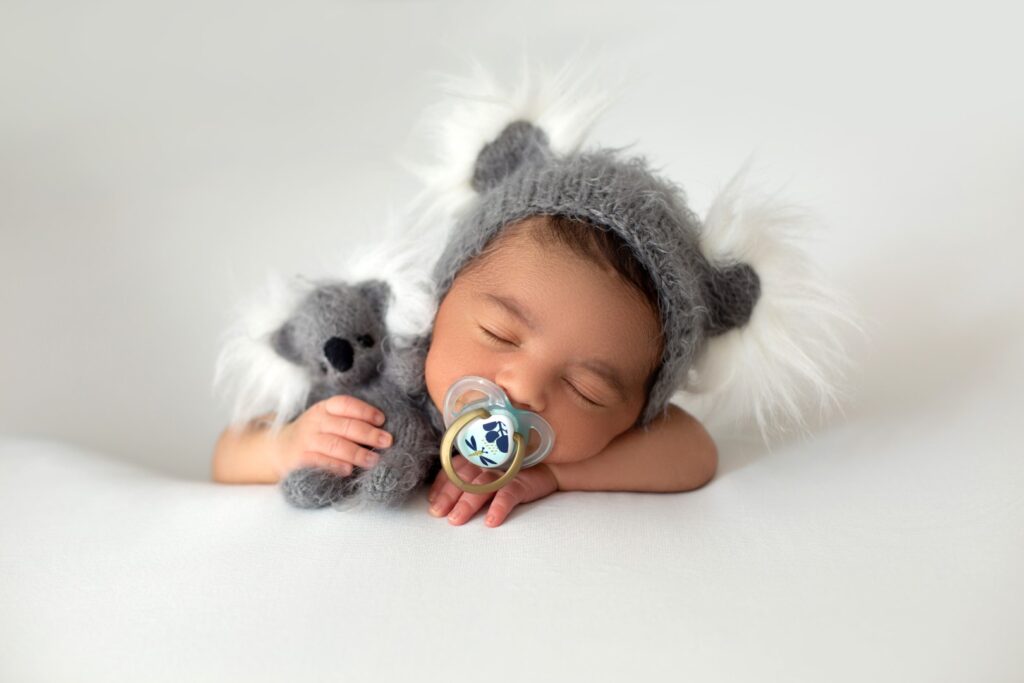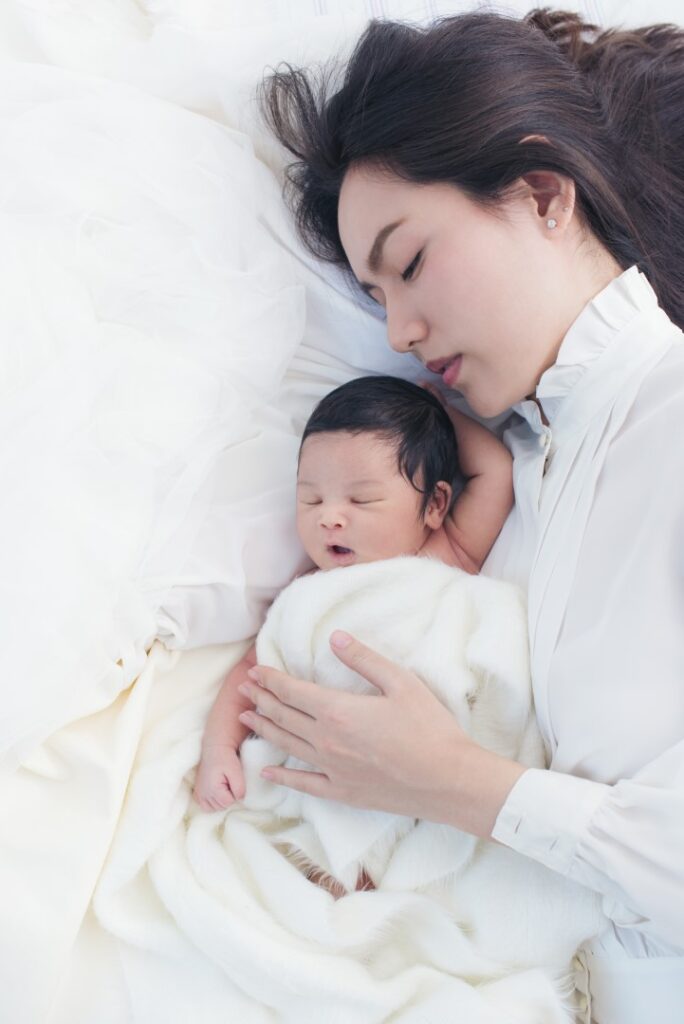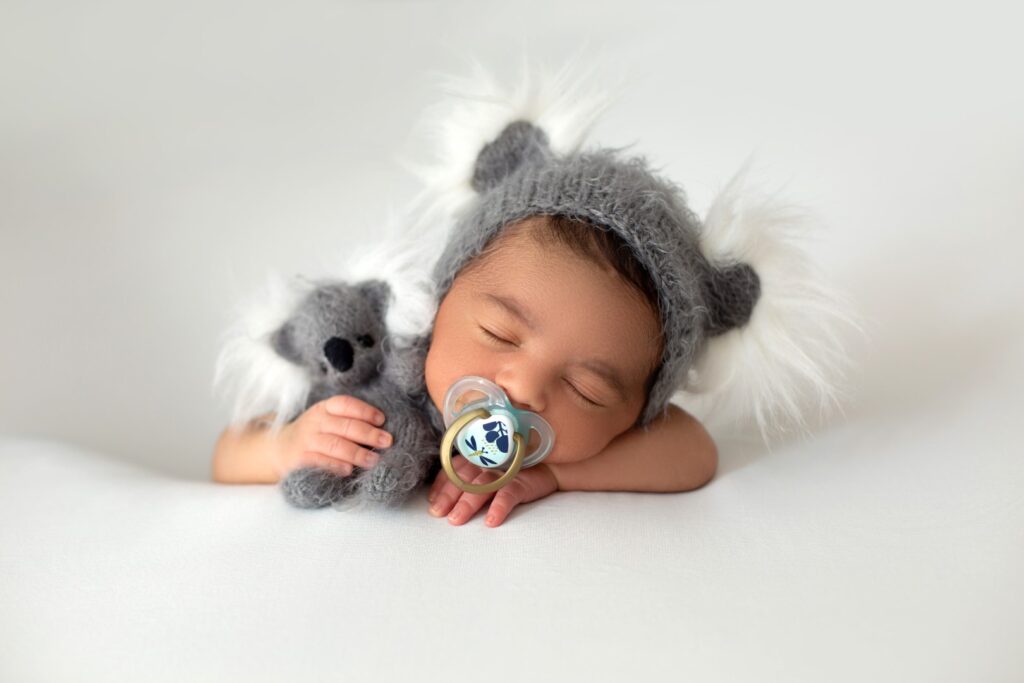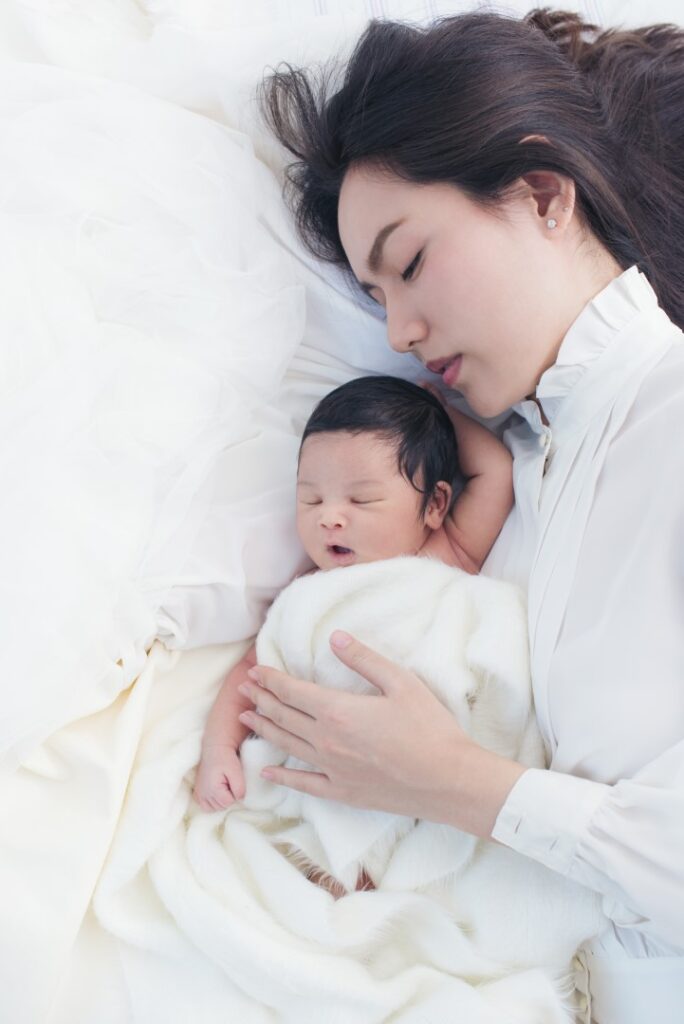In this article:
- What does your baby’s complexion mean?
- Things you should avoid doing with your baby’s skin
- What do baby dark circles mean?
All babies are born unique. Each baby has a different complexion, eye-color, hair-color, and so on. While it is important to appreciate your baby’s uniqueness, it is also important to know what their complexion means. Let’s take a look at what your baby’s complexion and their dark circles mean and when you should be concerned…
What does your baby’s complexion mean?
Dark or fair skin is established by genes at conception. Your actions throughout pregnancy or now won’t impact your baby’s complexion. Your baby’s melanin level is genetic. Melanin colors the skin. More melanin means darker infant skin. Melanin keeps the skin from getting sunburned and from being damaged by radiation that can cause cancer.
If your baby is exposed to sunshine often, their skin will darken, and if they get a little, they may appear fairer. They’ll never be fairer than their birth-day skin tone. Newborns have fair, rosy skin. Red blood vessels peek through your newborn’s thin skin, giving it a pink tint. Most parents assume that’s their baby’s skin color. As more melanin is created, a newborn’s skin darkens gradually. Your baby’s complexion may initially alter on its own.
Things you should avoid doing with your baby’s skin
Appreciate your baby’s uniqueness. Most parents strive to lighten their baby’s skin, but it’s generally unhealthy. Keeping your infant out of the sun to ensure a fair complexion isn’t good, and neither is too much sun. Homemade pastes, ubtans, talc, and creams are harmful to babies’ skin. You must never use them.
Be careful of skin and complexion variances. Your baby’s skin may be red when they are feverish. Their hands and feet may be blue from the cold. Some crying newborns turn crimson or purple. Changes in complexion may indicate a health concern requiring medical intervention.
Your infant may have respiratory difficulty or immature blood circulation if the bluish color doesn’t go away after a crying outburst. Some kids with cardiac defects develop cyanosis because their blood oxygen levels are insufficient. Light-skinned babies are blue. Dark-skinned babies may have a blue triangle formed on their forehead, nose, and lips. Olive-skinned newborns may be grayish-green. If you observe any of these changes or are unsure what they mean, see a doctor.
What do baby dark circles mean?
Do you see dark circles under your baby’s eyes? Ah, it is completely normal. There are several reasons why your baby may have dark circles under their eyes. We all have thinner skin under our eyes than on the rest of our faces. This means blood vessels under the skin can make the area around the eyes look darker. The skin around your baby’s eyes may be a bit more transparent than that of other babies. Or it may be genetic—maybe this runs in your family? These factors could make the dark circles under your eyes more obvious.
If you have dark circles around your eyes, it’s likely your baby will too. Tiredness can make the dark circles stand out more. If your baby is very tired, their complexion may look paler. This will make the blood vessels underneath their skin look darker. Your baby may also rub their eyes when tired, making the sensitive skin around the eyes turn red.
If your baby has a darker skin tone, it could also give the appearance of circles under the eyes. Many mothers try homemade pastes, ubtans, or creams to remove the dark circles. These aren’t likely to change the area, and they might even hurt your baby. So always exercise caution.
Occasionally, dark circles are caused by something other than skin tone. Allergic conditions, such as rhinitis, could cause dark circles.
In conclusion
Your baby’s complexion says a lot about their health. Keeping tabs on the appearance of your baby will benefit them and help you rule out any health issues that might be concerning. If you have any doubts about your baby’s complexion or notice any sudden or drastic changes, check immediately with your pediatrician.
Did you find the blog useful? Leave a comment below and let us know your thoughts!






















